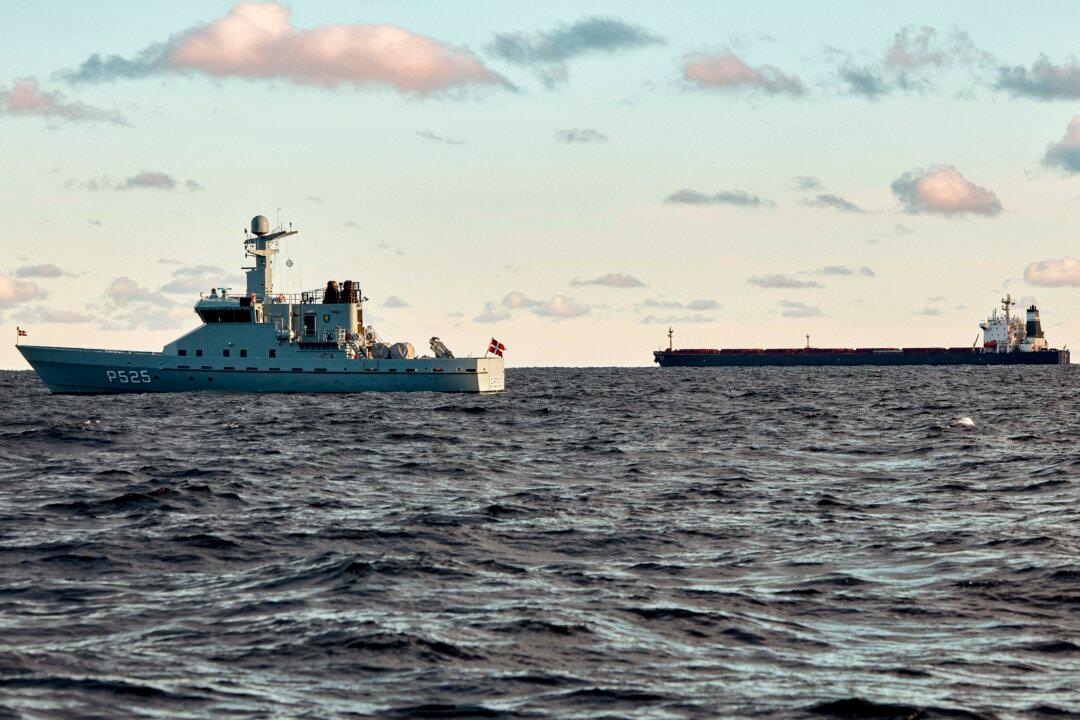Qantas, the national airline carrier of Australia, has said the worst of the COVID-19 crisis is now over, despite posting an annual loss for the third year since the pandemic.
“Key customer measures for Qantas including contact centre wait times, cancellation rates, and mishandled bag rates are trending back towards pre-COVID standards during August 2022.”
Ticket Prices to Rise as Qantas Records AU$1.9 Bn Loss
Qantas confirmed that for the full 2022 fiscal year, the Group recorded a statutory before-tax loss of $1.86 billion (US$1.3billion), up $85 million from the previous financial year.However, the airline’s domestic fares will rise by 10 percent and international fares by 20 percent, while the number of flights will be cut to about 93 percent of 2019 levels, with some fares increasing by as much as $300.
Alan Joyce, the CEO of Qantas, said the changes were necessary to help the Group return to profit after a third consecutive year of massive losses.
“We have to pass that on because we can’t digest that after $7bn of losses in three years,” Joyce told The Australian.

“I think a lot of airlines around the world are doing the same thing.”
He added that while Qantas expects to return to profitability in 2023, it will need to raise fares to cover $1 billion in higher fuel bills than in 2019.
A 10 percent increase in the current price of a ticket between Melbourne and Sydney would raise the one-way fare from $230 to more than $250; Brisbane to Sydney fares will rise from $269 to $295.
New International route to New York via Auckland
Meanwhile, Qantas will begin a new service travelling from Sydney to Auckland and then on to New York on June 14, 2023. Three new Boeing 787 Dreamliners bought by the airline will be delivered next year to service the new route.Tickets for the service have been on sale since Aug. 25.
Qantas currently operates six flights a day to Auckland from Sydney, Brisbane, and Melbourne. The new route to New York will increase the number of flights between Australia and Auckland to 11 per day, allowing Australian passengers to fly first to Auckland and then have 16 hours of non-stop flights.
“We think this route will be very popular with Australians given the opportunity to connect via Auckland, and it also gives New Zealanders more choice.”




